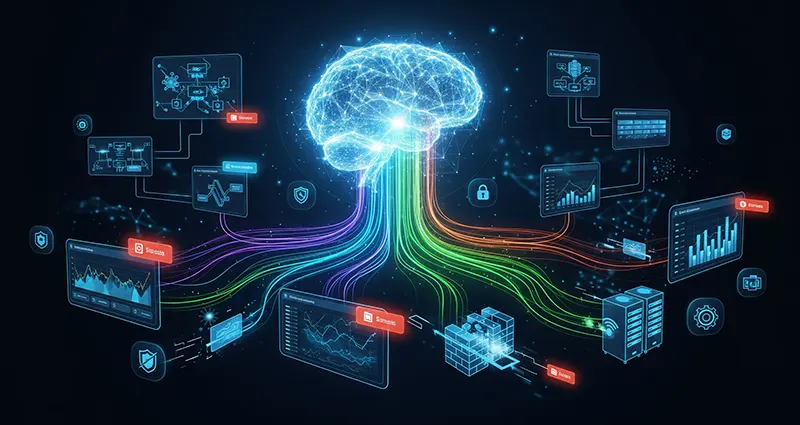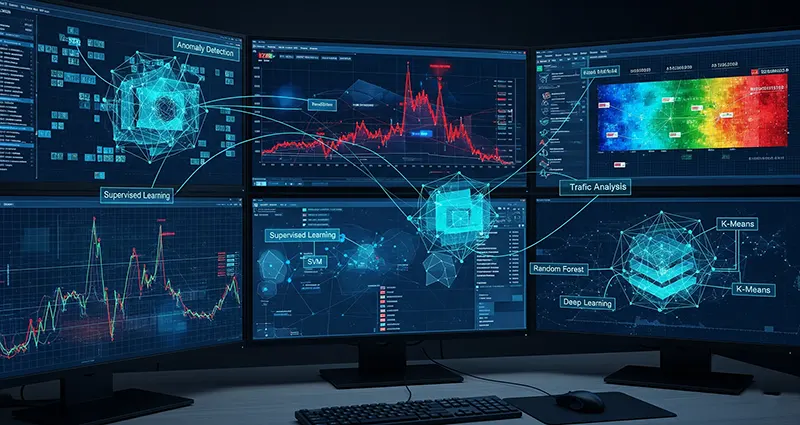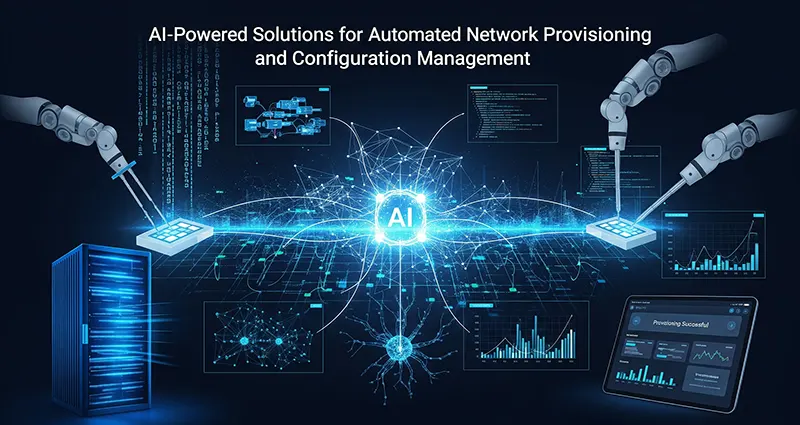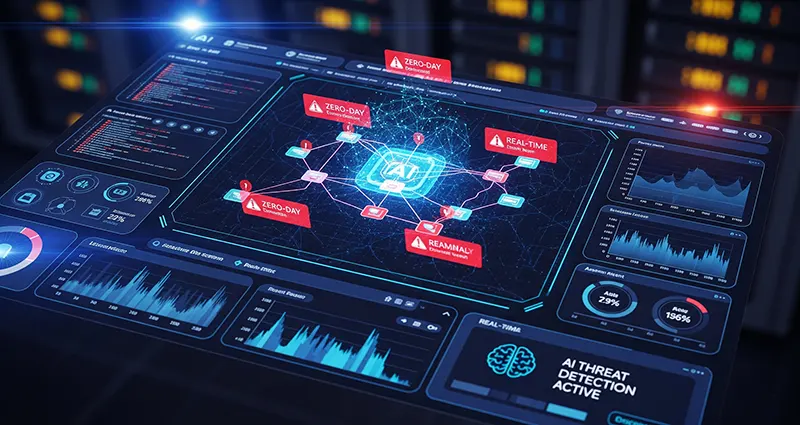AI-Powered Security Orchestration, Automation, and Response (SOAR) Solutions: Revolutionizing Cybersecurity
In an era where cyber threats are becoming increasingly sophisticated and frequent, organizations need advanced tools to protect their digital assets efficiently. AI-powered Security Orchestration, Automation, and Response (SOAR) solutions are at the forefront of this cybersecurity evolution, enabling businesses to streamline their security operations, reduce response times, and enhance threat management with intelligent automation.
What is AI-Powered SOAR?
Security Orchestration, Automation, and Response (SOAR) platforms integrate threat intelligence, security tools, and incident response processes into a unified solution. When enhanced with Artificial Intelligence (AI), SOAR solutions empower security teams to automate repetitive tasks, analyze vast amounts of data swiftly, and orchestrate complex workflows with minimal human intervention.
Key Components of AI-Powered SOAR Solutions
- Orchestration: Integrates diverse security tools and systems—such as firewalls, SIEMs (Security Information and Event Management), and endpoint detection—to work cohesively.
- Automation: Uses AI to automate routine security tasks like alert triage, threat hunting, and policy enforcement,














